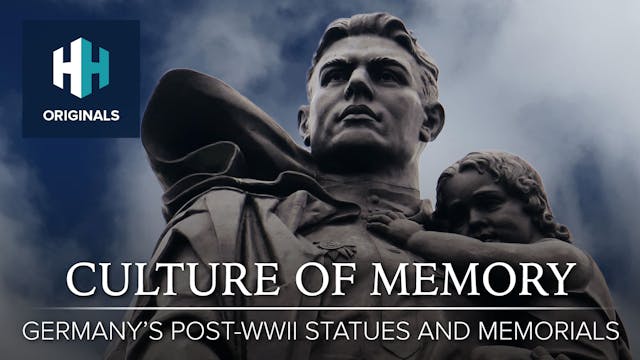In January 1940, the British government introduced food rationing. The scheme was designed to ensure fair shares for all at a time of national shortage. The Ministry of Food was responsible for overseeing rationing. Every man, woman and child was given a ration book with coupons. These were required before rationed goods could be purchased.
Basic foodstuffs such as sugar, meat, fats, bacon and cheese were directly rationed by an allowance of coupons. Housewives had to register with particular retailers. A number of other items, such as tinned goods, dried fruit, cereals and biscuits, were rationed using a points system. The number of points allocated changed according to availability and consumer demand. Priority allowances of milk and eggs were given to those most in need, including children and expectant mothers.
The British government promoted vegetable patches as a way of reducing reliance on food imports while also improving the nation’s overall health. Since ‘war demands better physique and health than peace’, officials were convinced of the need to effect fundamental changes in the nation’s eating habits.
In this video, Dan Snow experiences some of the food options for those on the home front in Britain during the Second World War.
First on the menu is some good ol' spam - essentially a brand of salty processed canned pork. He then tries some bread and powdered eggs, a less than impressive substitute for normal eggs, which were considered a luxury if you didn't have hens at home.
Next, Dan tastes another, quite frankly, grim substitute - dripping. This was a flavourful fat that is rendered from cooked beef and was used as a spread on bread.
After trying some disgusting pig's trotters, Dan finishes off his ration tasting with a "fake" apricot flan (actually made with carrots sweetened with jam).
Do you think you could have got by eating these rations?
Up Next in World War Two
-
The Savage Storm: The Allied Invasion...
The Italian campaign in September 1943, spearheaded by the US 5th and British 8th Armies, is one of the most dramatic campaigns of the entire Second World War - it was here that Hitler’s ‘Fortress Europe’ would finally be pierced. By the beginning of October, after a tough fight to gain a foothol...
-
Culture of Memory: Germany's Post-WW2...
Throughout Germany post World War Two monuments can be found in all shapes and sizes. But what they are memorialising is unique: ‘Erinnerungskultur’ – ‘culture of memory’. Focused around the sins of Nazi Germany, these memorials were designed to commemorate the country’s sins between 1933 and 194...
-
Arnhem: Battle for the Bridges
Operation Market Garden was the Allied operation to end the Second World War by Christmas 1944. The brainchild of Bernard Montgomery, it involved the combined use of airborne and armoured divisions carving a path through the Netherlands, securing several vital bridges, bypassing the formidable Si...




8 Comments